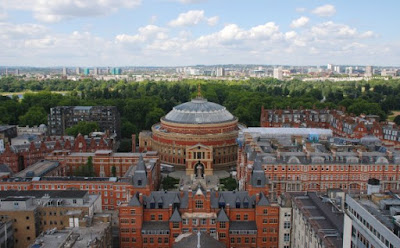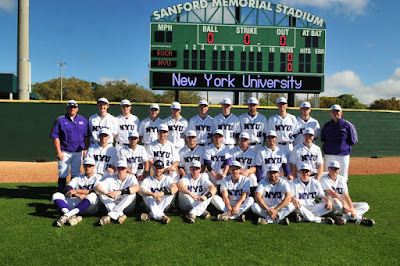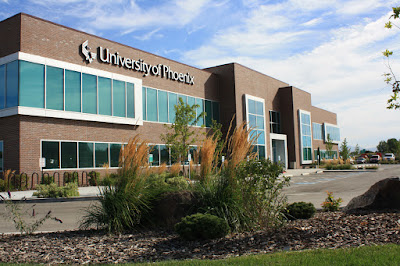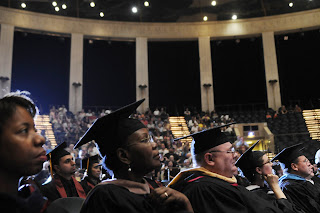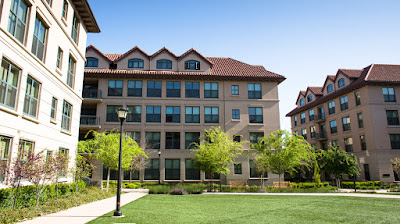IMPERIAL COLLAGE LONDON
INTRODUCTION ABOUT ICL
Imperial College London has been a public research university situated in the United Kingdom. Its royal patron and founder, Prince Albert, anticipated an area composed of the Natural History Museum, Science Museum, Royal Albert Hall, Victoria and Albert Museum, and the Imperial Institute. Imperial Institute was founded by his wife, Queen Victoria, who had laid the foundation stone. The college has outspread its coursework to medicine by merging with St Mary's Hospital. In the year 2004, Queen Elizabeth II opened the Imperial College Business School.
Imperial institute is organised into faculties such as science, engineering, medicine and business. The main campus is located near the Kensington Palace in the Royal Borough of Kensington and Chelsea. Imperial's contributions to the nation include the discovery of penicillin, development of holography and fibre optics aswell. The university's focus is in science and technology and their applications for the industry.
Imperial has been ranked among the top universities in the world by university rankings. According to The New York Times; students are vastly recruited globally. The university is among the most innovative in Europe. Imperial's staff and alumni include fifteen Nobel laureates, two Fields Medalists, 70 Fellows of the Royal Society, eighty-two Fellows of the Royal Academy of Engineering and seventy-eight Fellows of the Academy of Medical Sciences.
Campus
South Kensington
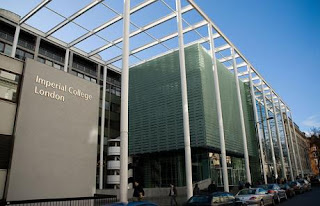 Imperial's main campus is located in the South Kensington area of the central London. It is based in an area of South Kensington, known as Albertopolis, which has a high concentration of cultural institutions: Science Museum,Natural History Museum, Victoria and Albert Museum, Kensington Palace & Gardens, Brompton Oratory, Royal College of Music, Hyde Park, Royal College of Art, National Art Library, the Royal Albert Hall and Royal Geographical Society. Its location is also in a close proximity to international embassies.
Imperial's main campus is located in the South Kensington area of the central London. It is based in an area of South Kensington, known as Albertopolis, which has a high concentration of cultural institutions: Science Museum,Natural History Museum, Victoria and Albert Museum, Kensington Palace & Gardens, Brompton Oratory, Royal College of Music, Hyde Park, Royal College of Art, National Art Library, the Royal Albert Hall and Royal Geographical Society. Its location is also in a close proximity to international embassies.
The Imperial Institute was founded and created in the year 1887 to celebrate Queen Victoria's Jubilee with the intention of it being a scientific research organization for the development of the British Empire. The enlargement of the South Kensington campus in the year 1950s & 1960s absorbed the official Imperial Institute, it was designed by Thomas Collcutt, of which only Queen's Tower remains among the modern buildings.
White City Campus
A second main campus is currently going under construction in the White City area of central London. The White City Campus innovation hub will be housing new research facilities,bigger space for spin-off entreprenerurial companies and as well as student accommodation.
In addition to its original South Kensington campus Imperial has six small campuses
- Charing Cross Campus, Hammersmith
- Chelsea and Westminster Campus
- Royal Brompton Campus, Chelsea
- St Mary's Campus, Paddington
- Silwood Park
- Hammersmith Campus, East Acton

